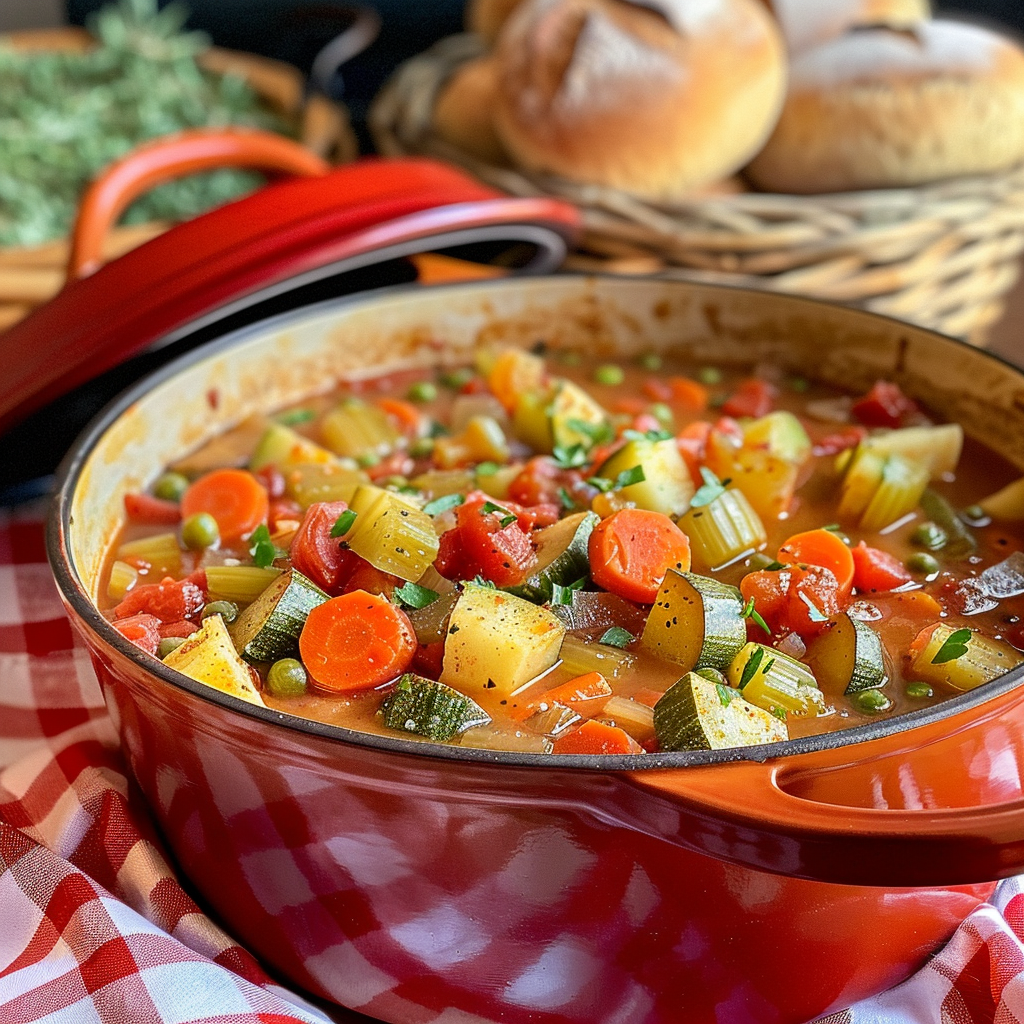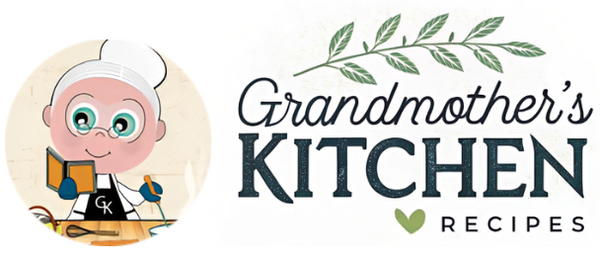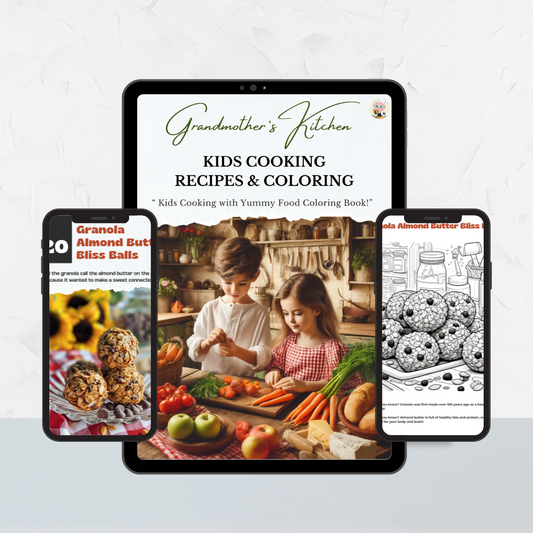Vegetable Stew – Packed with Goodness for Any Potluck

Share
Vegetable Stew Packed With Goodness
Some of my favorite meals to bring to potlucks are those that make everyone happy, especially when I know a lot of the guests are leaning toward plant-based diets. This Vegetable Stew works well for those occasions when I want something hearty, colorful, and satisfying. Even friends and family who typically prefer meat dishes are pleasantly surprised by how filling and flavorful this stew is. The vegetables create a wonderful mix of textures and flavors, and when paired with fresh bread or a side of rice, it’s a complete meal. It’s also so easy to make in large quantities, which is why it’s my first choice when I’m tasked with feeding a crowd. The aroma as it simmers is irresistible, making it a perfect choice for gatherings.
Did You Know?
Vegetable stew is a versatile and hearty dish that can be enjoyed year-round. It is an excellent way to use up a variety of vegetables, making it both economical and nutritious. Packed with vitamins, minerals, and fiber, vegetable stew is a great option for those looking to incorporate more plant-based meals into their diet. The combination of different vegetables not only adds flavor and texture but also ensures a balanced intake of nutrients. This stew can be easily customized with your favorite vegetables and seasonings, making it a staple in any kitchen.
Yield: 6 servings
Ingredients
3 tablespoons olive oil
1 large onion, diced
1 clove garlic, minced
4 carrots, peeled and sliced
3 celery stalks, sliced
2 large potatoes, diced
1 zucchini, diced
1 red bell pepper, diced
1 cup green beans, trimmed and cut into 1-inch pieces
1 can (14.5 oz) diced tomatoes
4 cups vegetable broth
1 teaspoon dried thyme
1 teaspoon dried oregano
1 bay leaf
Salt and pepper, to taste
Fresh parsley for garnish
Instructions
Prepare the Stew
In a large pot or Dutch oven, heat the olive oil over medium heat. Add the diced onion and cook until softened, about 5 minutes. Add the garlic and cook for another 2 minutes until fragrant.
Personal Tip: Be patient when cooking the onions—it helps bring out their sweetness, which adds great flavor to the stew.
Cook the Vegetables
Stir in the carrots, celery, potatoes, zucchini, bell pepper, and green beans. Cook for another 5 minutes.
Personal Tip: Add vegetables that take longer to cook first to ensure everything softens evenly.
Add Broth and Simmer
Add the diced tomatoes (with their juice), vegetable broth, thyme, oregano, bay leaf, salt, and pepper. Bring the mixture to a boil, then reduce the heat to low and let simmer, covered, for about 30 minutes, or until the vegetables are tender.
Personal Tip: Stir occasionally to ensure the vegetables cook evenly, and the flavors meld together.
Serve
Remove the bay leaf before serving. Ladle the stew into bowls and garnish with fresh parsley. Serve hot with crusty bread or over rice.
Personal Tip: For a heartier meal, serve the stew with brown rice or quinoa.
Nutritional Information (Per Serving)
Calories: 180, Fat: 7g, Saturated Fat: 1g, Carbohydrates: 25g, Fiber: 6g, Sugars: 9g, Protein: 4g
Kitchen Tips, Great Ideas, How to Save Money
-
Bulk Buying: Purchase vegetables in bulk or when they are in season. These ingredients are staples in many recipes, and buying in bulk or seasonally can reduce the overall cost. Store them in airtight containers or freeze them to keep them fresh and ready for use.
-
Homemade Broth: Save money by making your own vegetable broth using leftover vegetable scraps. Simmer them in water with herbs and spices, then strain and use in your recipes. This can be more flavorful and cost-effective than store-bought versions.
-
Vegetable Variations: This stew is versatile and can accommodate various vegetables based on what you have on hand. Consider adding mushrooms, corn, or peas for a different flavor profile.
-
Dairy Alternatives: This recipe is naturally dairy-free, but if you want to add creaminess, consider stirring in a bit of coconut milk or a dollop of dairy-free yogurt before serving.
-
Reusable Storage: Invest in reusable silicone bags or glass containers for storing leftover stew. These are environmentally friendly and can save money over time compared to disposable plastic bags and containers.
-
Energy Efficiency: Cook large batches of the stew and freeze portions for future meals. This saves on energy costs and makes meal prep more efficient. You can reheat the stew on the stovetop or in the microwave for a quick and easy meal.
-
Smart Storage: Store leftover stew in an airtight container in the refrigerator for up to five days. For longer storage, freeze the stew in portioned containers and thaw as needed. This makes for a convenient and nutritious meal option on busy days.
-
Ingredient Substitutions: If you’re out of a particular vegetable, use what you have on hand. Almost any vegetable can work well in this stew. These alternatives not only save money but also add a unique flavor and extra nutrients to your stew.
-
Learning and Sharing: Engage with online vegetarian cooking communities for more tips and recipe ideas. Sharing your experiences and learning from others can make cooking more enjoyable and economical. You can discover new techniques, ingredient substitutions, and creative ways to use pantry staples.
-
Flavor Enhancements: Experiment with adding different flavors to your stew, such as a splash of balsamic vinegar or a sprinkle of nutritional yeast, to add a unique twist to your recipe. Fresh herbs like basil, cilantro, or dill can also enhance the flavor and add a touch of freshness.
Let’s Learn About Enamel-Coated Dutch Ovens
Enamel-coated Dutch ovens are a wonderful addition to any kitchen, offering the perfect balance of durability and versatility. These ovens are excellent for slow-cooking, braising, and simmering, as they retain heat incredibly well, ensuring your food is cooked evenly and flavors are fully developed. One of the standout features is that they handle acidic ingredients, like tomatoes, with ease, making them ideal for a wide variety of dishes, from rich tomato-based stews to hearty vegetable soups.
Available in a range of sizes and vibrant colors, enamel-coated Dutch ovens can also double as an attractive serving dish, going straight from the stovetop or oven to your dinner table. The enamel surface makes cleanup easy—no need for special care. Simply wash with warm soapy water, and it’s ready for your next culinary creation.
Although they might seem like an investment upfront, a high-quality enamel-coated Dutch oven is built to last, making it a reliable, long-term tool for all kinds of recipes. For anyone looking for a piece of cookware that can do it all while adding a touch of style to the kitchen, an enamel-coated Dutch oven is a fantastic choice.


